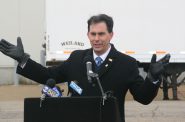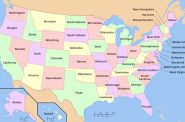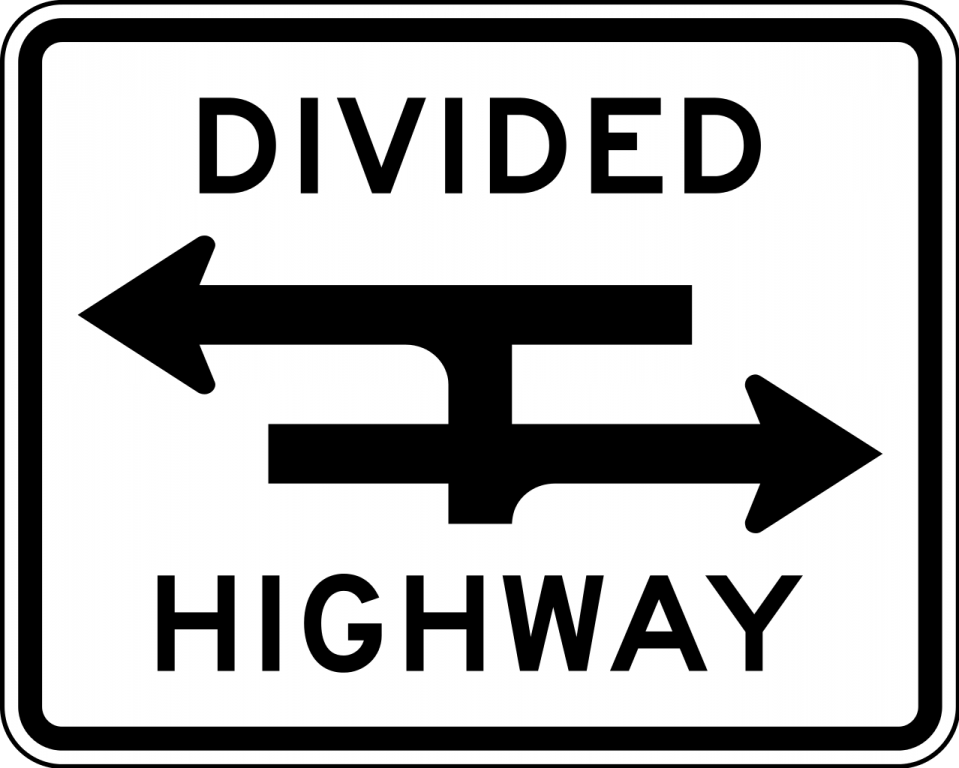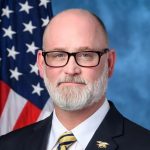State Getting More Liberal, More Conservative
Elections data shows red and blue areas diverging even more.
Recent elections data shows the swing state of Wisconsin is becoming more divided, though one election seems something of an exception.
The next graph shows the (unofficial) results of April 1 election. In the election for Supreme Court justice, Susan Crawford easily defeated Brad Schimel by ten percentage points. But the race for Superintendent of Public Instruction (SPI) was much closer. The incumbent, Jill Underly managed to retain her office. Almost 200,000 of the 2.4 million people who voted for one of the Supreme Court candidates skipped the SPI election.
In the next graph, the votes have been converted into percentages. Put this way the race for the head of DPI looks much more competitive than that for the Supreme Court, with a gap of 5.8 percentage points between Underly and Brittany Kinser. That compares to a gap of ten percentage points between the two candidates for Supreme Court.
The next graph plots the changes by county between the Supreme Court elections in 2023 and 2025. Each dot represents the percent change in the vote for the liberal candidate in blue and for the conservative candidate in red.
The horizontal axis represents the size of the vote, so that more populous counties are on the right. I used a logarithmic scale on that axis in order to keep Milwaukee and Dane counties on the graph. Otherwise, the smaller counties are squeezed together and difficult to read.
Yet the size of the counties does have an effect on voting. This is shown by the two trend lines in the graph. The blue (liberal) dashed trend line slopes upward. This indicates that as the county voting population increases, the magnitude of the percentage increase in the liberal vote gets larger.
With conservative voting, there is also a size effect, but it works in the opposite direction. The percentage voting for the conservative candidate decreases as overall population increases. As population increases, conservative voting goes down.
This would suggest that not only are small counties more conservative and larger counties more liberal on average, but that between 2023 and 2025 they have become more so. Is that part of a trend or is it more about the dynamics of this one election for the Supreme Court?
In the days since the election, a number of explanations for Schimel’s loss have been advanced. One is to point to changes in the demographics of the two parties. In recent years, the Democratic party has come to be the party for people with college degrees. Perhaps people with college degrees are more likely to regard the Supreme Court as important.
Related to this is the suggestion that the Republican party has gained more casual voters who are more likely to turn out for presidential elections, particularly if Donald Trump is a candidate, than for down-ballot elections.
Another possible explanation is that Schimel suffered from the election cycle effect. In this scenario, the losers in one election—in this case last November’s presidential election—are more likely to be motivated by a desire for revenge in the next election and turn out and vote.
In addition to these possible explanations for Schimel’s poor showing, he may have sabotaged himself with his ongoing closeness to Trump and Elon Musk. In response to Crawford’s comment that Schimel aimed to be part of Trump’s support network, PolitiFact rated her comment “Mostly true.” It concluded that “although Schimel does not come straight out and say he wanted to be part of a Trump support network, his public pronouncements and campaign literature clearly indicate his affinity for a Trump support network.”
One of the two most common themes that opponents of a Supreme Court candidate level against the opposing candidate is that he or she has already made up his or her mind about an issue, before hearing the arguments and reading the briefs. Those arguments are often answered by pointing out the difference between a general statement of belief about an issue and a judge’s later decision on what the law requires.
Schimel’s very public expressions of affinity towards Trump seem to take the argument about judicial prejudice one step further. If Schimel had been elected to the Supreme Court, parties to a case involving Trump or Trump’s governments — and there have been a ton of such cases nationally — would have to be concerned about the independence of one of the justices on these cases.
Will the upcoming race for governor be as partisan as the recent Supreme Court election or more like the race for superintendent? That could determine whether the increasing polarization of Wisconsin voters continues in 2026.
If you think stories like this are important, become a member of Urban Milwaukee and help support real, independent journalism. Plus you get some cool added benefits.
Data Wonk
-
Life Expectancy in Wisconsin vs. Other States
 Dec 10th, 2025 by Bruce Thompson
Dec 10th, 2025 by Bruce Thompson
-
How Republicans Opened the Door To Redistricting
 Nov 26th, 2025 by Bruce Thompson
Nov 26th, 2025 by Bruce Thompson
-
The Connection Between Life Expectancy, Poverty and Partisanship
 Nov 21st, 2025 by Bruce Thompson
Nov 21st, 2025 by Bruce Thompson

























Good article Bruce. I think you miss the obvious conclusion, however, that Kinser was simply a much better candidate. In an environment that did not have $100m spent on base politics (Crawford-D, Schimel-R), she would have wiped the floor with the ineffectual, inarticulate, and generally incompetent Underly.
I remind Atty Dan Adams that both Kinser and Schemel lost their perspective races. If Kinser was such a good candidate, why did she lose to, in your words, an ineffectual, inarticulate, and generally incompetent Underly. Could it possibly be that Kinser supports increasing parental choice? Parental Choice is not popular in communities that only have public schools. People find that holding public schools and private schools to different standards is also a problem. Underly has consistently worked to strengthen our public schools for our children, the next generation of teachers, lawyers, doctors, engineers, electricians, plumbers etc. I remind Atty Dan Adams, we have shortages of teachers, doctors (as well as other healthcare professionals,) electricians (in fact all the trades.) Running the Department of Public Instruction based on ideological principles never works. While Kinser is far less ideological than other conservative candidates, she was saddled with the enormous backlash against the current administrations plan to cut education funding and closing the Department of Education to pay for the tax cuts for billionaires and corporations.